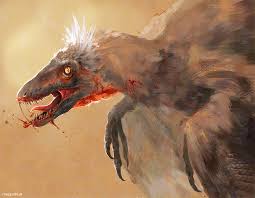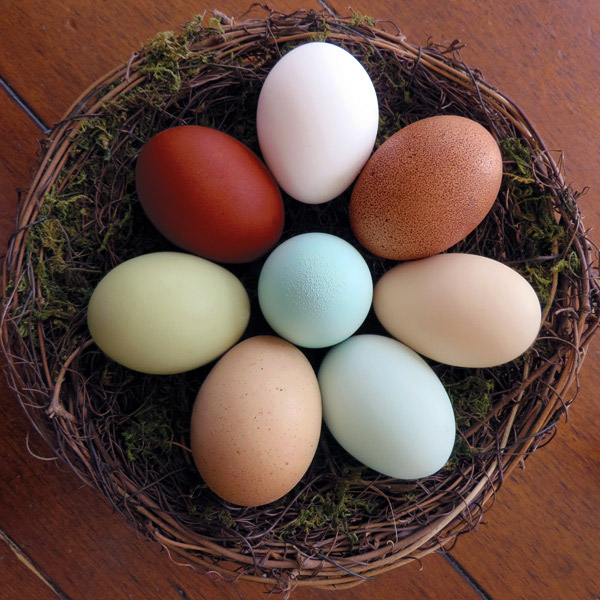
It’s fun to dream about having a flock of chickens that produce the beautiful array of eggs pictured above. And not impossible by any means. I’ve had hours of fun reading Henderson’s Handy Dandy Chicken Chart. Sixty or so chicken breeds are listed; for example, Marans, bred long ago in France, produce the chocolate colored eggs; Ameraucanas, bred in South America, produce the green and blue eggs. Generally the more exotic the egg color the fewer eggs you will get each week. For production, the venerable white Leghorns — kept by the ancient Romans — can lay up to 300 white eggs a year.
But a keeper of chickens has so many factors to consider. Do you want friendly chickens? Free range chickens? Exotic feathers? The combinations are dizzying since chickens are thought to have been domesticated 10,000 years ago and have been bred worldwide for any trait you might want to imagine, for eating, for fighting, for display and; of course, for eggs.
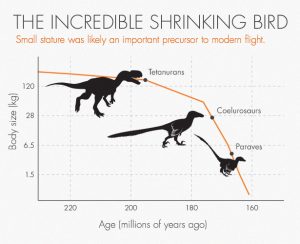
But the domestic history just scratches the surface. I never tire of reminding my readers that thirty years ago dinosaur fossils found in China revealed feathers; and confirmed the dinosaur/bird link. Millions of year ago the Tyrannosauridae genetic line produced T-Rex whose living genetic relative is our beloved modern chicken.
I have enjoyed for the past three years a pleasant flock of seven hens and one rooster who are a mix of Ameraucanas (green eggs), Marans (brown eggs) and Ameraucana/Maran crosses (olive eggs). And three years is when egg production declines sharply and also when older free-range hens tend to abandon their nesting boxes and lay eggs in hidden caches.
I have a small property and my little barn only comfortably houses about 10 chickens. I have no space to keep the older birds and also add new layers. This week I handed off five of my older hens to a friend who had lost most of her flock to a fox. Another friend supplied me with four six-month old chicks.
One of my new chicks died in the terrible heat wave that hit this week. The other three are thriving and all are expected to lay a modest four eggs a week beginning in January 2019. I am thrilled that one of the birds is a Speckled Sussex. 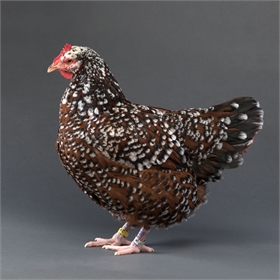 The Sussex are touted by chicken sellers as the bird with ‘everything.’ Her antecedents are said to have been living in England when the Romans invaded in 43 BC. The modern Sussex are family birds– friendly, easy-going and intelligent. My little Sussex seems to the the leader of the three new girls. They are all sticking to the barn and the fenced coop right now, partly because of the heat and partly because a family of hawks live nearby in a large Oak and at least eight of them are on patrol almost all day.
The Sussex are touted by chicken sellers as the bird with ‘everything.’ Her antecedents are said to have been living in England when the Romans invaded in 43 BC. The modern Sussex are family birds– friendly, easy-going and intelligent. My little Sussex seems to the the leader of the three new girls. They are all sticking to the barn and the fenced coop right now, partly because of the heat and partly because a family of hawks live nearby in a large Oak and at least eight of them are on patrol almost all day.
When my rooster, the Calico Kid, integrates the new chicks into his coterie, he will protect them from the hawks by spreading his large wings as cover. The hawks are respectful of his four-inch spurs. And the hawks fear my guardian dogs as do a long list of other chicken enemies.
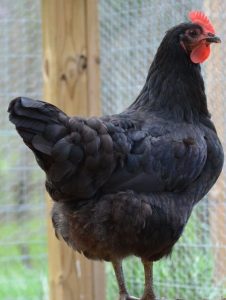 I also have a regal Jersey Giant chick who will grow to about 10 pounds, way too big for a hawk to lift off the ground. Bred in New Jersey late in the 19th century, these giants are supposed to be very sociable, especially friendly to children. You can see that the young farmer who supplied my new chicks likes companionable breeds. The Jersey Giants were on a critically endangered list in 2001 but now have been moved to a watch list. I always like to try and preserve these historic breeds.
I also have a regal Jersey Giant chick who will grow to about 10 pounds, way too big for a hawk to lift off the ground. Bred in New Jersey late in the 19th century, these giants are supposed to be very sociable, especially friendly to children. You can see that the young farmer who supplied my new chicks likes companionable breeds. The Jersey Giants were on a critically endangered list in 2001 but now have been moved to a watch list. I always like to try and preserve these historic breeds.
And I have a new Ameraucana or Easter Egg Layer. I kept two adult Ameraucanas but am getting no eggs right now–none that I can find anyway. I love, love, love green and blue eggs and am hoping my new chick will supply them for me. She is a beautiful reddish brown. 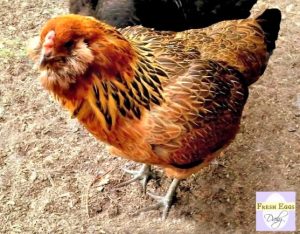 Bred in Chile, these chickens have a puff of feathers around their heads that reveal the wide standards of what is beautiful in the chicken world.
Bred in Chile, these chickens have a puff of feathers around their heads that reveal the wide standards of what is beautiful in the chicken world.
All over the planet, dreams of productivity and beauty inspire chicken keepers. Always, always reality bites hard. Scorching weather, icy winter storms, and predators. Predators by the score, foxes, hawks, raccoons–everyone likes chicken apparently.
When the weather breaks, I will add a few more hens so that my family and friends and I have plenty of eggs. And I will have the pleasure of living with these marvelous, interesting creatures. I also like knowing they have a wild past, a past where they were fearsome indeed. I love the illustration of bird ancestry below. This is not the first time I have published it and probably not the last. It reminds us that the gentle, pretty, useful creatures we keep have either dramatically evolved or dramatically devolved. I’m not sure which.
